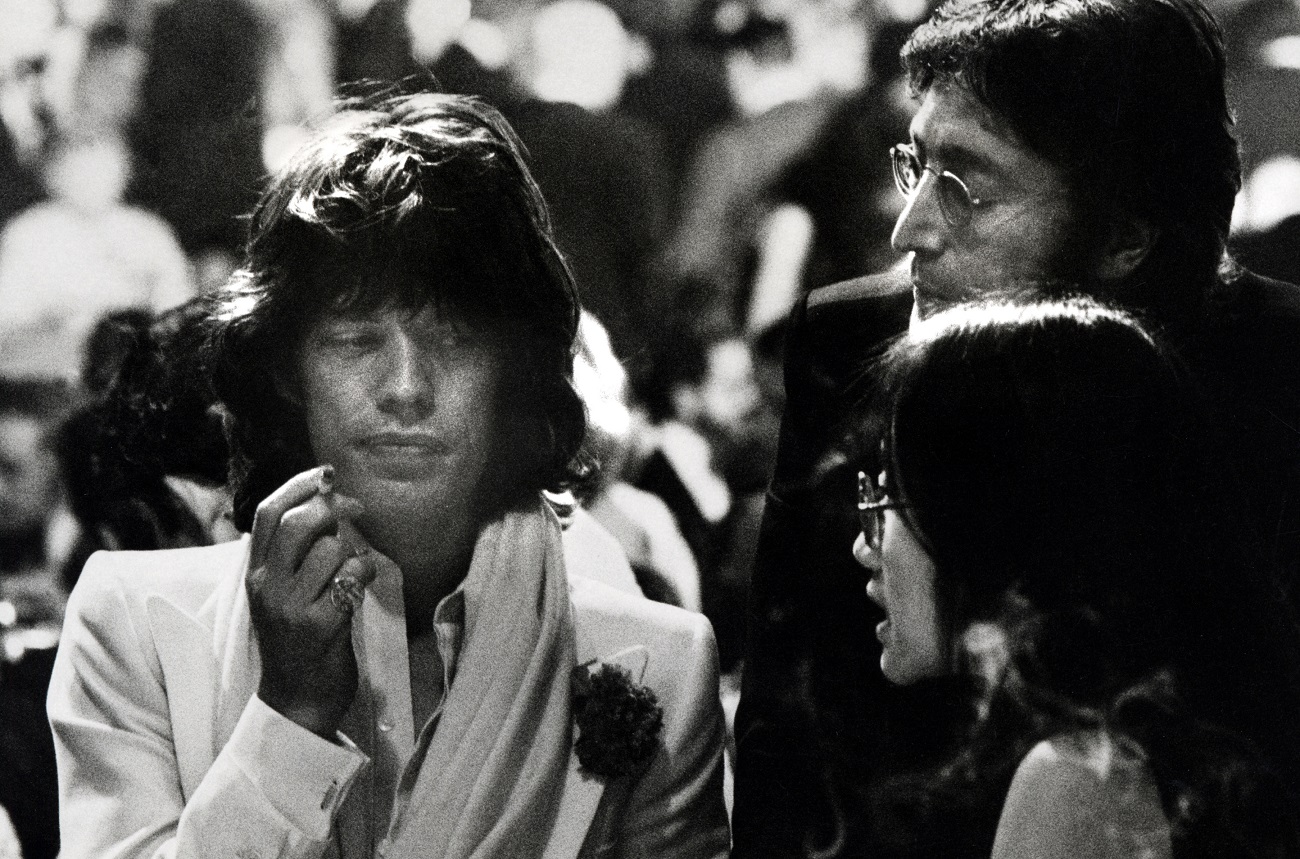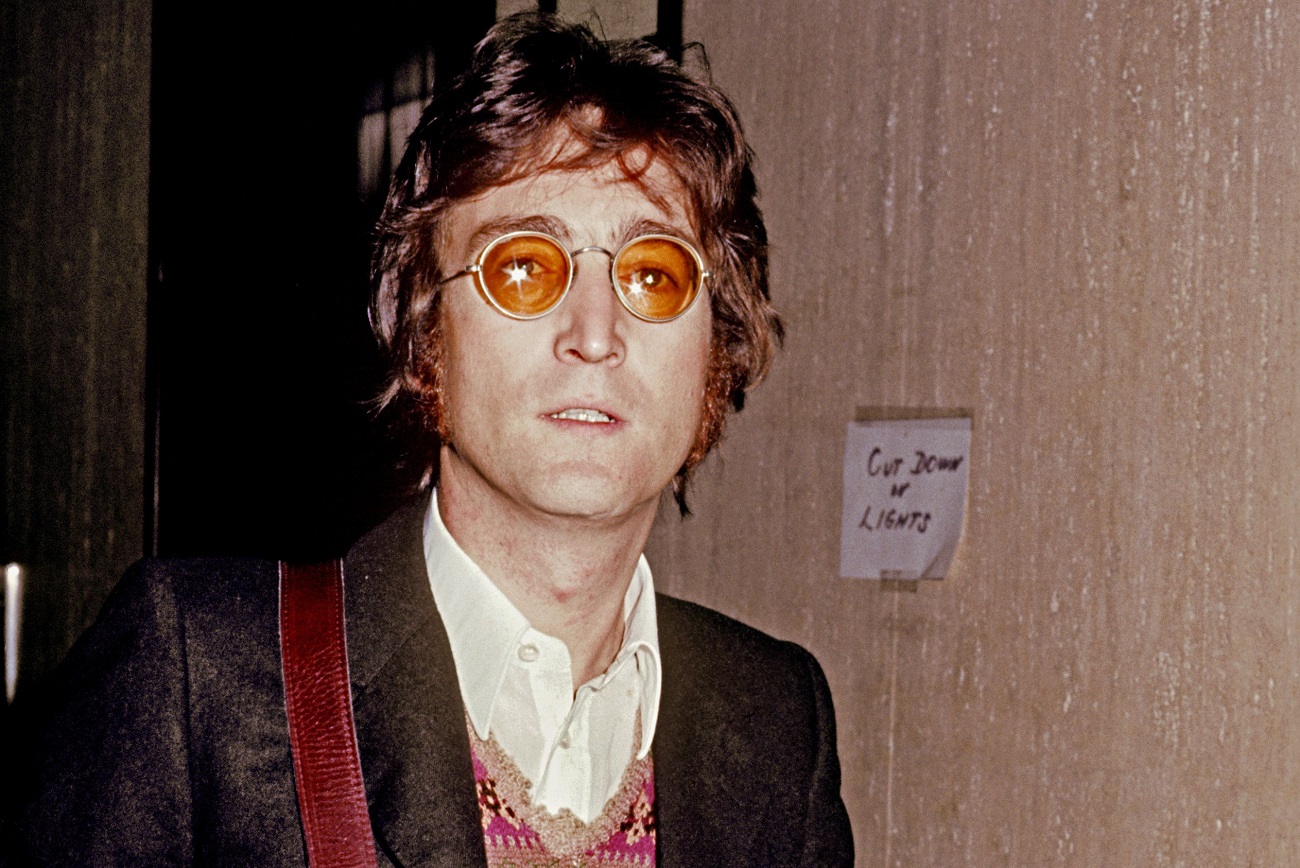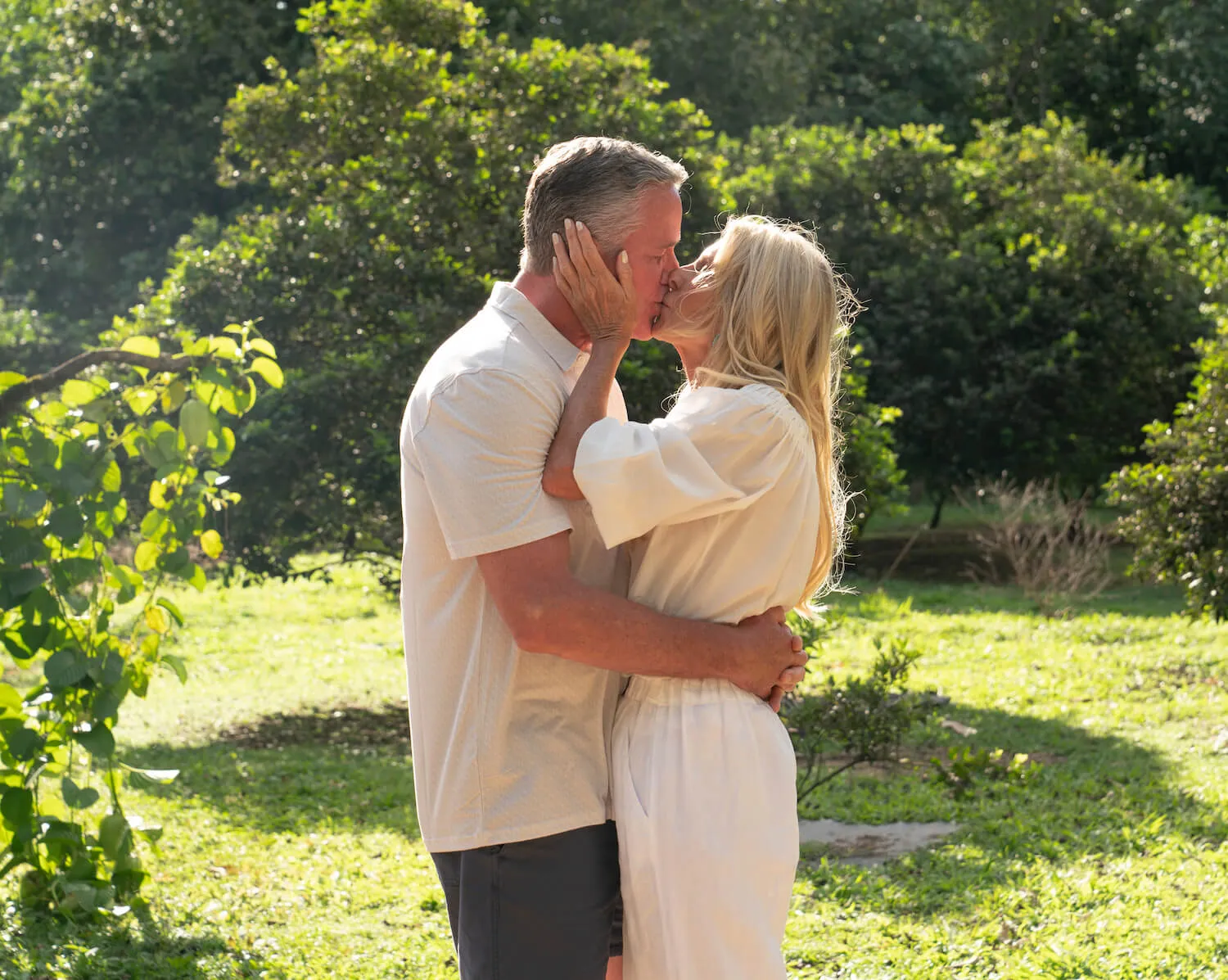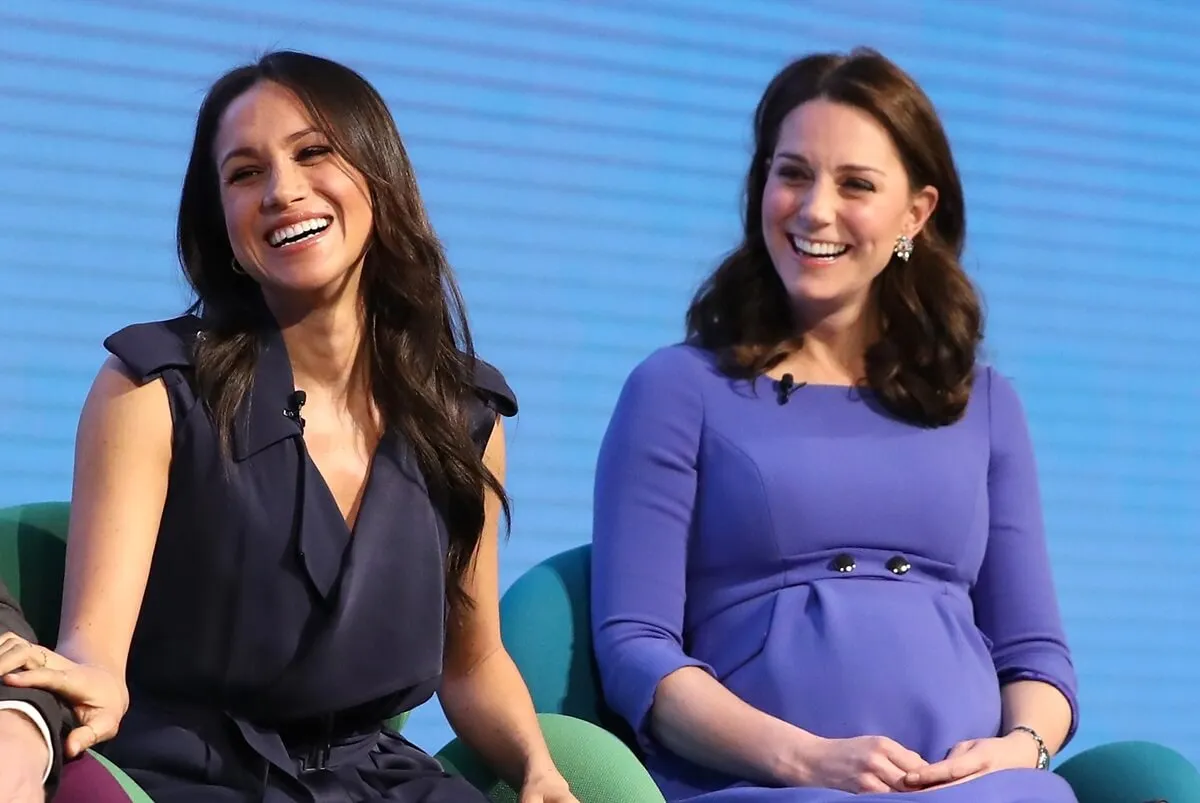The Mick Jagger Song John Lennon Produced in His ‘Lost Weekend’ Days
After the breakup of The Beatles, John Lennon recorded two albums many considered his finest work as a solo artist. John Lennon/Plastic Ono Band (1970) came first. On that record, tracks like “Mother” and “God” knocked over critics and a good deal of the public, too.
Imagine (1971) was even more accessible and about as well received by critics. It represented the first Billboard No. 1 for Lennon late in ’71. After that, Lennon began what he described as his “political lunatic” period, but on Mind Games (1973) he started returning to his rock roots.
That period also marked the start of Lennon’s “lost weekend.” During a stretch lasting from mid-’73 to late ’74, Lennon spent a lot of time in L.A. boozing, clowning, jamming, recording music, and producing the work of others (including his drinking buddy Harry Nilsson).
At a session in late ’73, Lennon even produced a track featuring Mick Jagger of the Rolling Stones. Jagger had come around to see how Lennon’s Rock and Roll sessions were going with Phil Spector (not well). And a few months later they cut a track that remained unreleased for 34 years.
John Lennon produced Mick Jagger’s ‘Too Many Cooks’ in 1973

In the 1980 Playboy interviews with David Sheff that became All We Are Saying, Lennon described how his “lost weekend” period went. “I was just insane,” he said. “I’ve never drunk so much in my life, and I’ve been drinking since I was 15. […] I made a big fool of myself.”
But since Lennon spent his L.A. days with Nilsson, Keith Moon, and Ringo Starr, he got work done. Besides producing Nilsson’s album, he wrote and recorded material for Walls and Bridges (1974) and jammed with all sorts of heavyweights (including none other than Paul McCartney).
When Jagger visited Lennon at the Record Plant in December ’73, the Stones legend laid down a cover of Willie Dixon’s “Too Many Cooks” with the Lennon “house band” that included Jim Keltner (drums), Danny Kortchmar and Jesse Ed Davis (guitars), and Al Kooper (keyboards).
You’ll also hear Bobby Keys and Trevor Lawrence on saxophones with Jack Bruce on bass and Nilsson helping out with backing vocals. It’s really an inside look at Lennon and his gang during an eventful period. And versions have turned up that featured Lennon on guitar.
The Lennon-produced Jagger track finally saw the light of day in 2007

Speaking with Dennis Elsas in 1974, Lennon referenced the session with Jagger and his pals. And he didn’t take much credit for the finished product. “We made a good track,” Lennon said. “I was so-called ‘producing’ it, meaning sitting behind the desk.”
That track never made its way onto a record until 2007, when Jagger released his greatest hits collection, The Very Best of Mick Jagger, on Rhino. May Pang, who was Lennon and Yoko Ono’s assistant before becoming Lennon’s girlfriend during the “lost weekend” period, found the tape prior to its release.
In some ways, it sounds crazy that a Lennon-produced Jagger track stayed out of sight for so long — especially considering Lennon spoke about it at the time. But the same thing happened with a Stones track Jimmy Page soloed on in the same era. Jagger played with a lot of people in a lot of places. Some of got lost.


